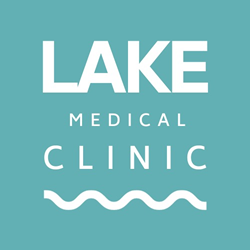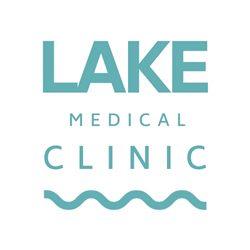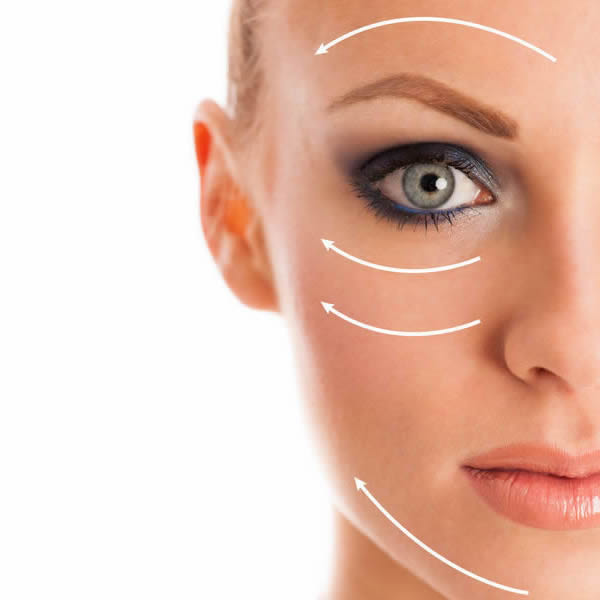Deep Plane Facelift
During a deep plane facelift, the surgeon works beneath the superficial musculoaponeurotic system (SMAS), a layer of tissue that covers the facial muscles. By accessing the deep plane, the surgeon can lift and reposition the underlying facial structures, including the fat pads, muscles, and connective tissues. This allows for a more significant improvement in the midface, jowls, and neck region.
Frequently Asked Questions
Patients can typically have a deep plane facelift performed and go home the same day, occasionally requiring an overnight stay if drains are placed.
Patients can have the procedure under local anaesthetic and sedation or can be asleep with a general anaesthetic. The incision for a deep plane facelift is in front of the ear and extends under and behind it, hidden in the creases of the skin.
The incision allows to gain access to control the SMAS and rejuvenate the layers underneath and thereby, the skin itself.
The result of a deep plane facelift can be optimised with fat grafting where suitable and other procedures on the face such as neck lifts, cheek lifts, upper and/or lower eyelid blepharoplasties.
Additionally, CO2 laser treatment to improve skin quality can be performed simultaneously or after the operation.
The signs of ageing include the various structures around the face drooping, so once a youthful face with the inverted triangular shape with most mass around the cheeks, shifts to the triangular structure with more emphasis at the bottom of the face, near the jawline.
These changes occur as a result of three things:
- Loss of bone mass
- Fat loss and decrease in its volume
- Skin losing its elasticity
As a result of ageing, what is noticeable to most patients are wrinkles (Latin: rhytid) due to lax skin around the cheeks, around the mouth and at the jawline.
They are also likely to notice a deepening of grooves, such as around the forehead, lower eyelid, and around the mouth.
They may also notice that the temples & cheeks are less plump and that now there is extra volume around the jawline, near the sides of the mouth.
One of the most effective ways of demonstrating this is to compare photos of the patient in their early 20’s to the present.
When patients come into the clinic, our UK-trained plastic surgeon makes a full assessment of the patient.
This includes any relevant history, including reasons for surgery and a thorough examination.
Part of this process is explaining to the patients what can be done, why, and what to expect, based on each patients’ anatomy and suitability for each type of facelift.
Once recovered from the effects of anaesthetic, patients are let out of the clinic with close follow-up arranged to ensure improvements would happen as anticipated.
The swelling starts to come down gradually from 48 hours after surgery, and within a few weeks patients feel brighter and fresher.
The surgeon sees the patient one week after surgery to check on the patient and remove any visible stitches.
Alternatives to a surgical deep plane facelift include correcting each of the three components that are lost with ageing.
Dermal fillers, fat and thread lift are used, but there is a large variability in the effects that this can have, with studies showing that threads have an effect for only a few months.
Within surgical facelifts, there are still a large number of variations, of which the vast majority utilise the strength of the Superficial Musculoaponeurotic System (SMAS) under the skin to deliver its effect.













